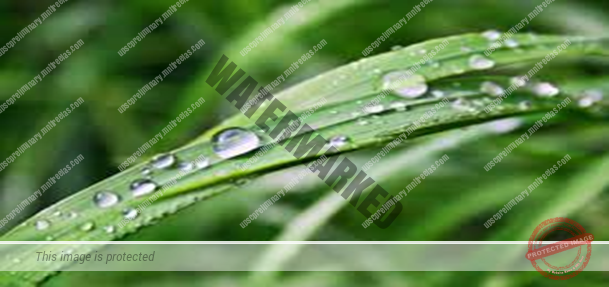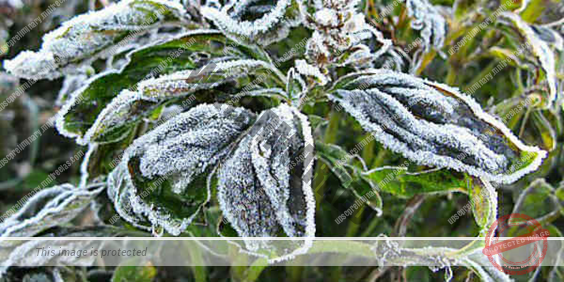- EVAPORATION AND CONDENSATION
- DEW, FORST, FOG & MIST
UNIT 4 – CLIMATOLOGY – PART 26
EVAPORATION AND CONDENSATION
The amount of water vapour in the atmosphere is added or withdrawn due to evaporation and condensation respectively. Evaporation is a process by which water is transformed from liquid to gaseous state.
temperature at which the water starts evaporating is referred to as the latent heat of vapourisation. The transformation of water vapour into water is called Condensation.
Condensation is caused by the loss of heat. If it directly condenses into solid form, it is known as sublimation. In free air, condensation results from cooling around very small particles termed as Hygroscopic Condensation Nuclei. Particles of dust, smoke and salt from the ocean are particularly good nuclei because they absorb water.
Condensation also takes place when the moist air comes in contact with some colder object, and it may also take place when the temperature is close to the dew point. Condensation, therefore, depends upon the amount of cooling and the relative humidity of the air.
condensation the water vapour or the moisture in the atmosphere takes one of the following forms — dew, frost, fog, and clouds. Forms of condensation can be classified on the basis of temperature and location.
Condensation takes place when the dew point is lower than the freezing point as well as higher than the freezing point.
Dew
When the moisture is deposited in the form of water droplets on cooler surfaces of solid objects (rather than nuclei in air above the surface) such as stones, grass blades and plant leaves, it is known as dew.
The ideal conditions for its formation are clear sky, calm air, high relative humidity, and cold and long nights. For the formation of dew, it is necessary that the dew point is above the freezing point.
FROST
Frost forms on cold surfaces when condensation takes place below freezing point (00C), i.e., the dew point is at or below the freezing point. The excess moisture is deposited in the form of minute ice crystals instead of water droplets. The ideal conditions for the formation of white frost are the same as those for the formation of dew, except that the air temperature must be at or below the freezing point.
FOG AND MIST
When the temperature of an air mass containing a large quantity of water vapour falls all of a sudden, condensation takes place within itself on fine dust particles. So, the fog is a cloud with its base at or very near to the ground.
Because of the fog and mist, the visibility becomes poor to zero.
In urban and industrial centres smoke provides plenty of nuclei which help the formation of fog and mist. Such a condition when fog is mixed with smoke, is described as smog.
The only difference between the mist and fog is that mist contains more moisture than the fog. Mists are frequent over mountains as the rising warm air up the slopes meet a cold surface. Fogs are drier than mist and they are prevalent where warm currents of air come in contact with cold currents. Fogs are mini clouds in which condensation takes place around nuclei provided by the dust, smoke, and the salt particles.


